vol.291 April 2025
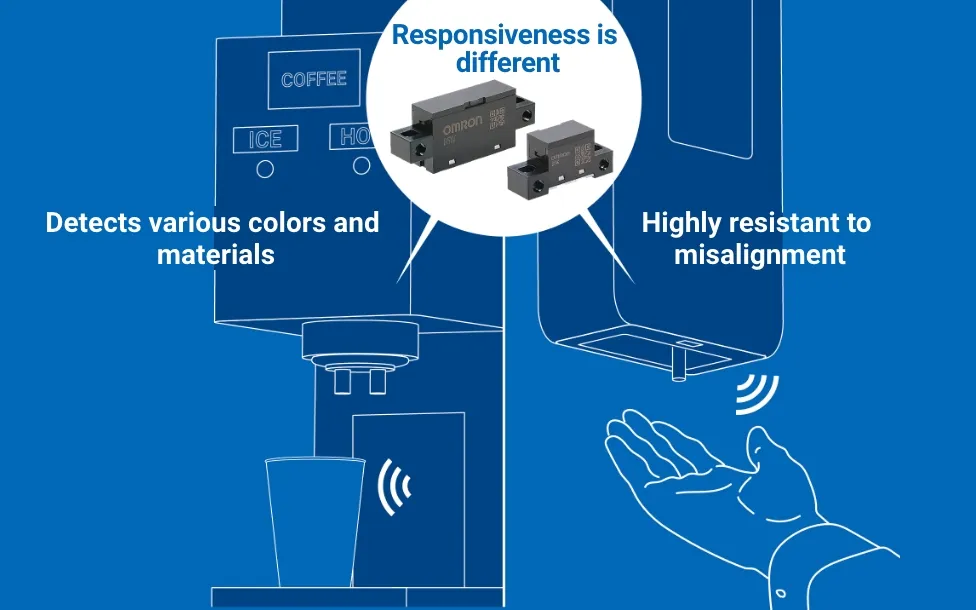


Making possible what has been impossible or difficult to do.
Reflective optical sensors are components with many strengths and weaknesses in detection due to their detection principles and characteristics. As a result, a lot of man-hours are required for selection, and adoption may be discouraged.
OMRON’s light convergent reflective sensors can detect various materials and are highly resistant to misalignment, helping to solve the problems of conventional reflective sensors and adding value to your products.
What is the light convergent reflective sensor
B5W-LB?
Extensive lineup
- Two types of sensing distance range 10 to
55 mm and 2 to 10 mm - A 12 V type added in addition to the 24 V
power supply voltage - With operation indicator
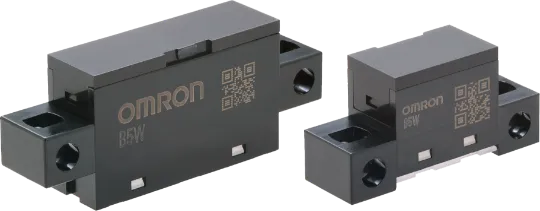
The key to stable sensing is “optical design”
This sensor is optically designed to capture the
component of specular reflection light from the
object being detected, so it only detects objects at a
certain distance from the sensor and does not detect background objects.
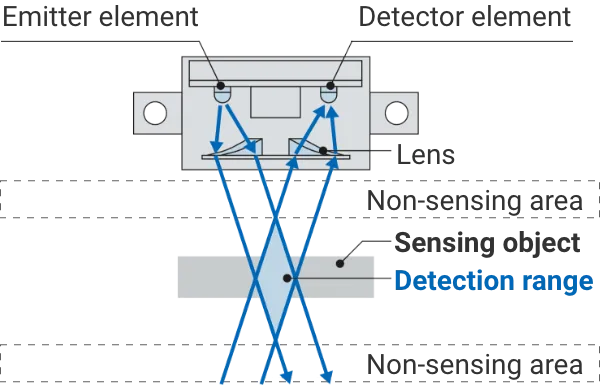


Capable of handling various workpieces without
being affected by color or material
It can detect objects that conventional reflective sensors have had difficulty detecting.
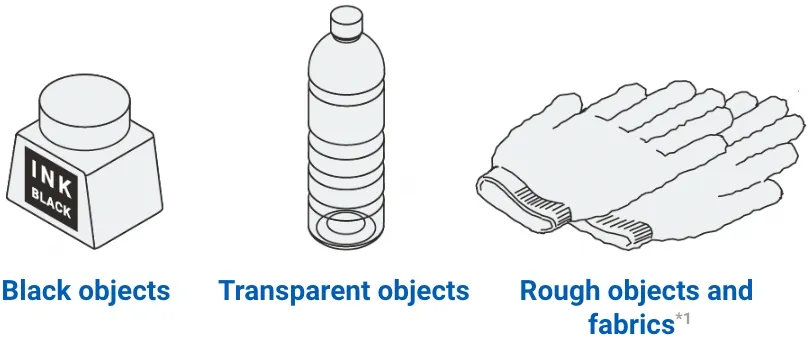
*1. The sensing distance may be shortened.
Wide material detection range contributes to multifunctionality and high functionality
Capable of printing on various types of paper
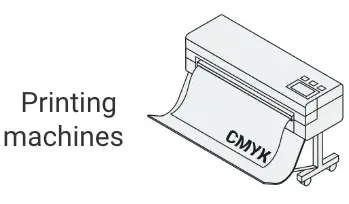
Capable of cleaning various rooms and floor materials.
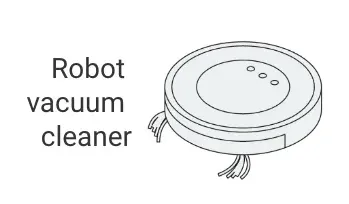
Not only paper and transparent cups,
but also coffee grounds
can be detected.
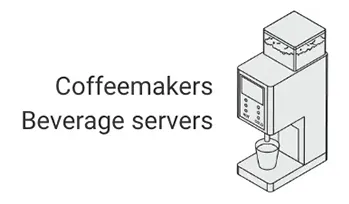
Can be packaged
in film or paper
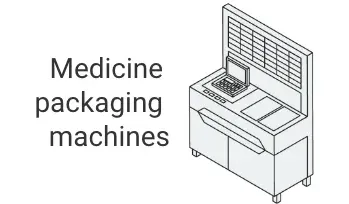
Wide detection range and
high resistance to workpiece misalignment

Narrowable detection range contributes to
stable operation without malfunctions
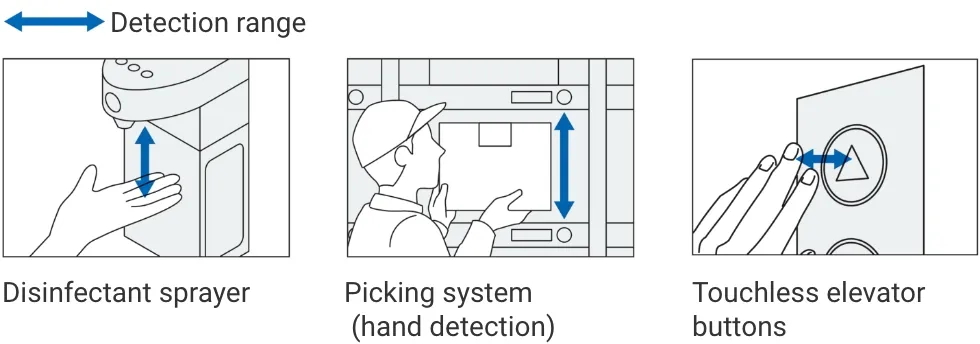
* Contents as of March 2025.
In the interest of product improvement, specifications are subject to change without notice
